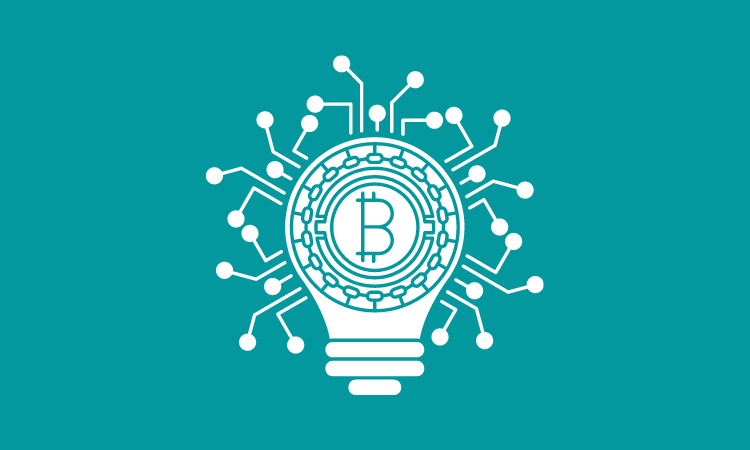Blockchain and Crypto, Member Exclusive
Lending platform Tala collaborates with Visa, Circle and SDF to bring crypto to the underbanked
- The collaboration will help underbanked populations in emerging markets to participate in the crypto economy.
- By making crypto spendable, Tala hopes to increase financial inclusion for people who are excluded from traditional financial services.








